Rio de Janeiro is a vibrant and colorful city known for its beautiful beaches, lively culture, and stunning natural landmarks. Whether you’re looking for adventure, relaxation, or a bit of both, there’s something for everyone in Rio. In this blog post, we’ll explore some of the top things to do in Rio de Janeiro, including Copacabana Beach, Sugarloaf Mountain, Christ the Redeemer, and the Royal Portuguese Reading Room.
1. Ipanema Beach
Ipanema Beach is one of the most famous beaches in Rio, known for its beautiful white sand and clear blue waters. The beach is surrounded by high-end shops and restaurants, making it a great spot for both relaxing and people-watching. Visitors can enjoy a variety of water sports, such as surfing, stand-up paddle boarding, and beach volleyball. When we visited Impanema in December, it was so full it was hard to find a spot to sit down, so be sure to get there early if you want a spot near the water.
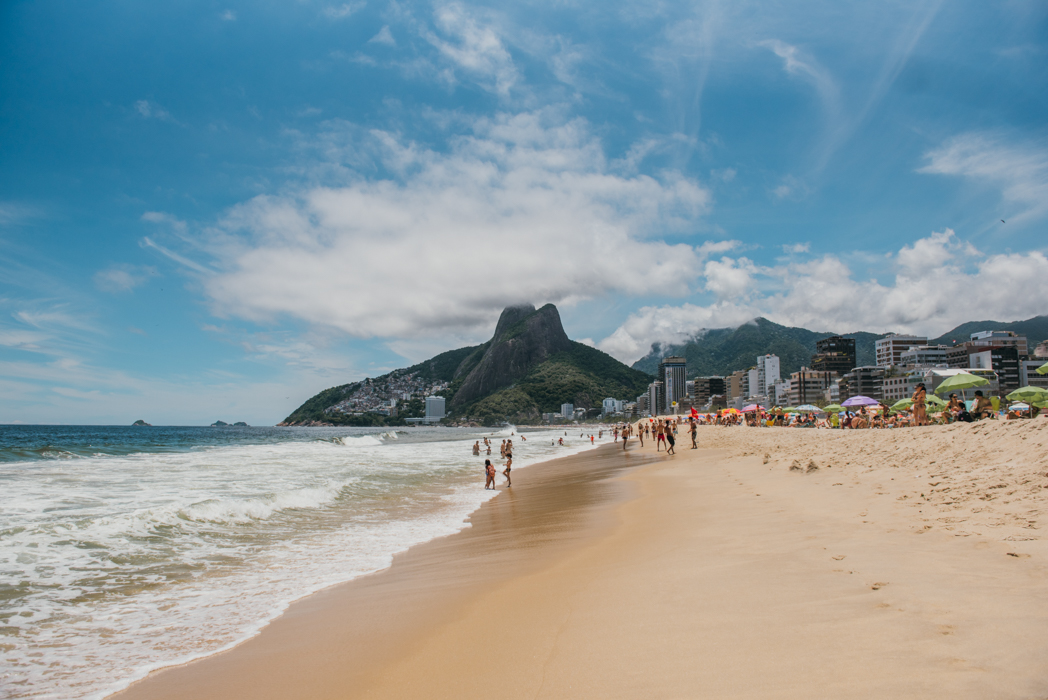
2. Copacabana Beach
We stayed near Copacabana Beach, another famous beach in Rio, known for its lively atmosphere and beautiful city views. The beach is lined with vendors selling traditional Brazilian food and drinks, as well as souvenirs. Visitors can also enjoy a variety of water sports, such as swimming and beach soccer. One of our favorite days was just hopping from the beer huts on the beach and trying out new drinks throughout the day as it rained.
I also recommend visiting the artesian market that pops up at 6pm everyday on the boardwalk across from the Rio Othon Palace Hotel. You can find some amazing souvenir’s for a reasonable price. Just remember to bring cash!
3. Sugarloaf Mountain
Sugarloaf Mountain is a famous landmark in Rio, offering stunning views of the city and the surrounding area. Visitors can take a cable car to the top of the mountain and enjoy panoramic views of the city, including Christ the Redeemer statue, Guanabara Bay, and the beaches of Copacabana and Ipanema. Hands-down, the best photos of the trip came from Sugarloaf Mountain.
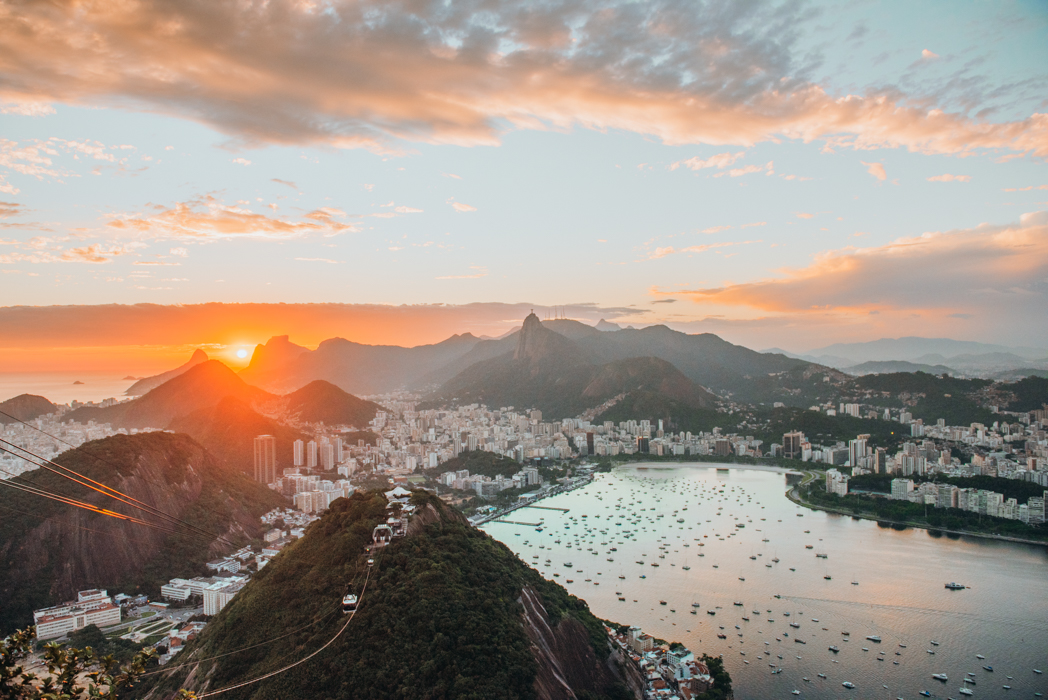
4. Praia Vermelha
Praia Vermelha is a small beach located in the Urca neighborhood, known for its beautiful views of the Sugarloaf Mountain and the Guanabara Bay. The beach is quieter than the more famous beaches in Rio, making it a great spot for relaxation and swimming. We only spent a few minutes at the beach before heading up to Sugarloaf Mountain, but I wish we spent more time given the amazing views, calm waters, and lighter crowds.
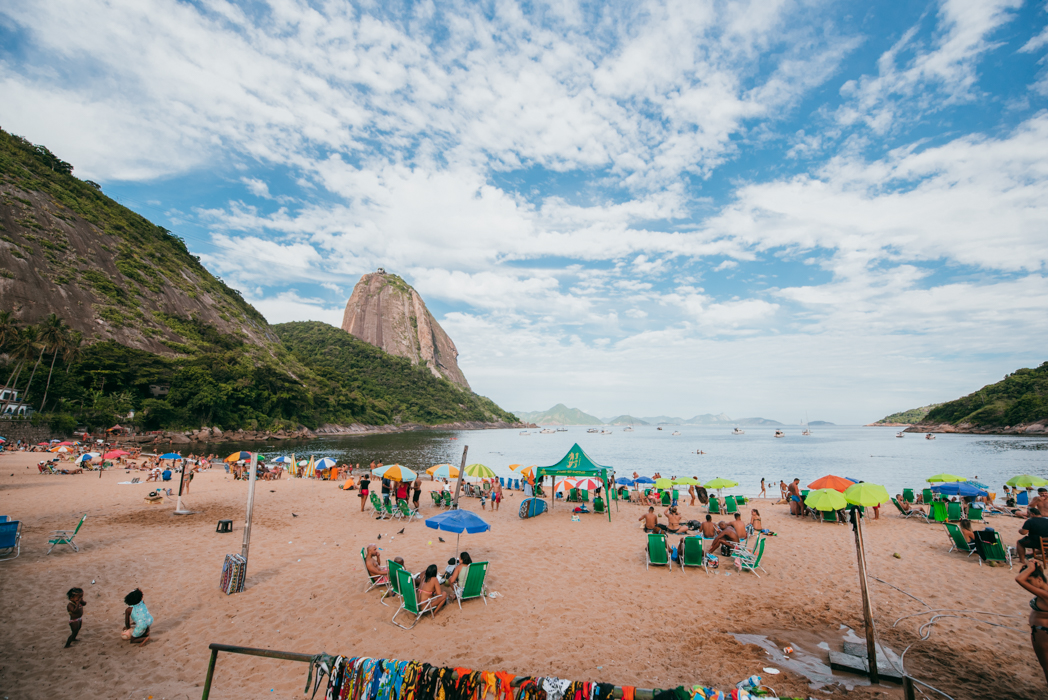
5. Flamengo Neighborhood
Flamengo is a neighborhood located in the south of Rio, known for its beautiful parks and museums. Visitors can take a stroll through the park and admire the views of the bay and the city. The Museum of Modern Art is also located in this area and offers a great collection of contemporary Brazilian art. Flamengo is also known for hosting several famous steak houses like Churrascaria Palace, Churrascaria Carretao, and Fogo de Chao.
6. Christ The Redeemer
Christ the Redeemer, also known as Cristo Redentor, is a famous statue of Jesus Christ located on top of Corcovado Mountain. The statue is one of the New Seven Wonders of the World and offers breathtaking views of the city. Visitors can take a train or a van to the top of the mountain to enjoy the views and take a tour of the statue. The idea of building a statue of Christ on top of Corcovado was first proposed in the 1850s, however, it wasn’t until 1921 that the Catholic Circle of Rio proposed a statue to be built there. The construction of the statue began in 1922 and was completed in 1931. It stands 98 feet tall, and its outstretched arms stretch 92 feet wide. As a symbol of Christianity and Brazilian culture, visiting Christ the Redeemer is a must when in Rio de Janeiro.
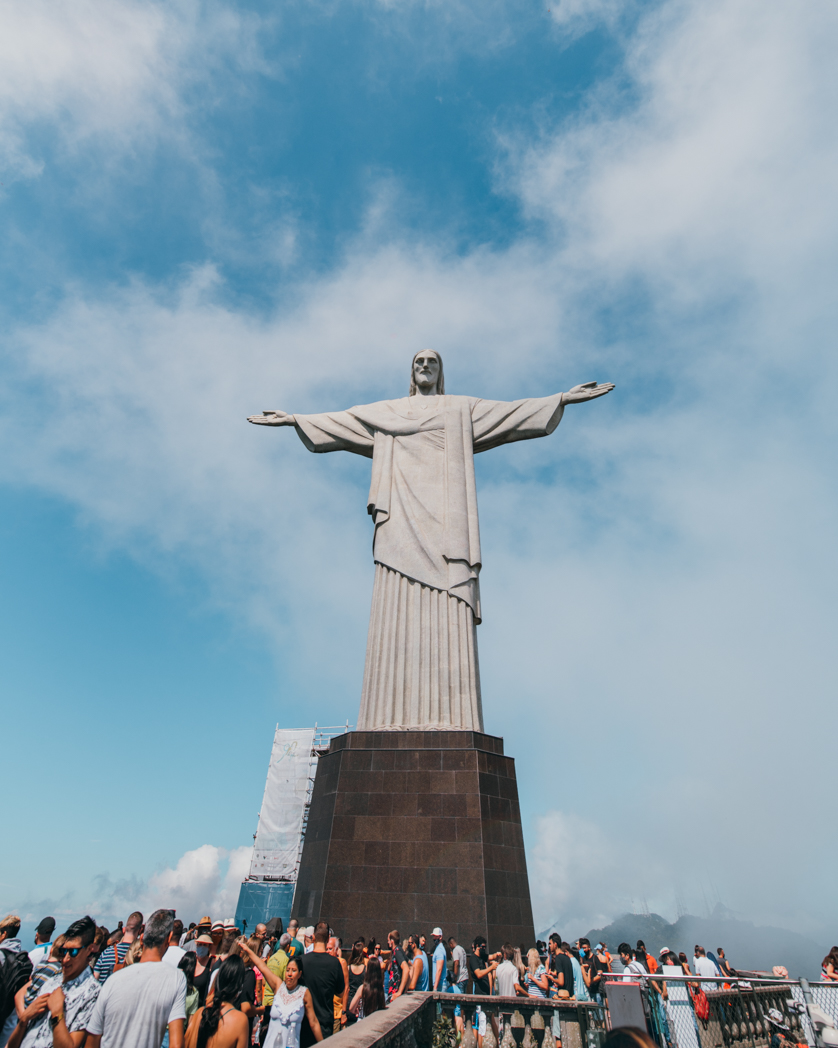
7. Mirante Dona Marta
Mirante Dona Marta is a viewpoint located in the Santa Teresa neighborhood of Rio de Janeiro. The viewpoint offers panoramic views of the city, including the famous Christ the Redeemer statue, Sugarloaf Mountain, and the Guanabara Bay. It’s the perfect spot to catch the sunset and enjoy the beauty of the city.
The viewpoint can be accessed by car or by foot, and visitors can also take a trolley car to reach the viewpoint.
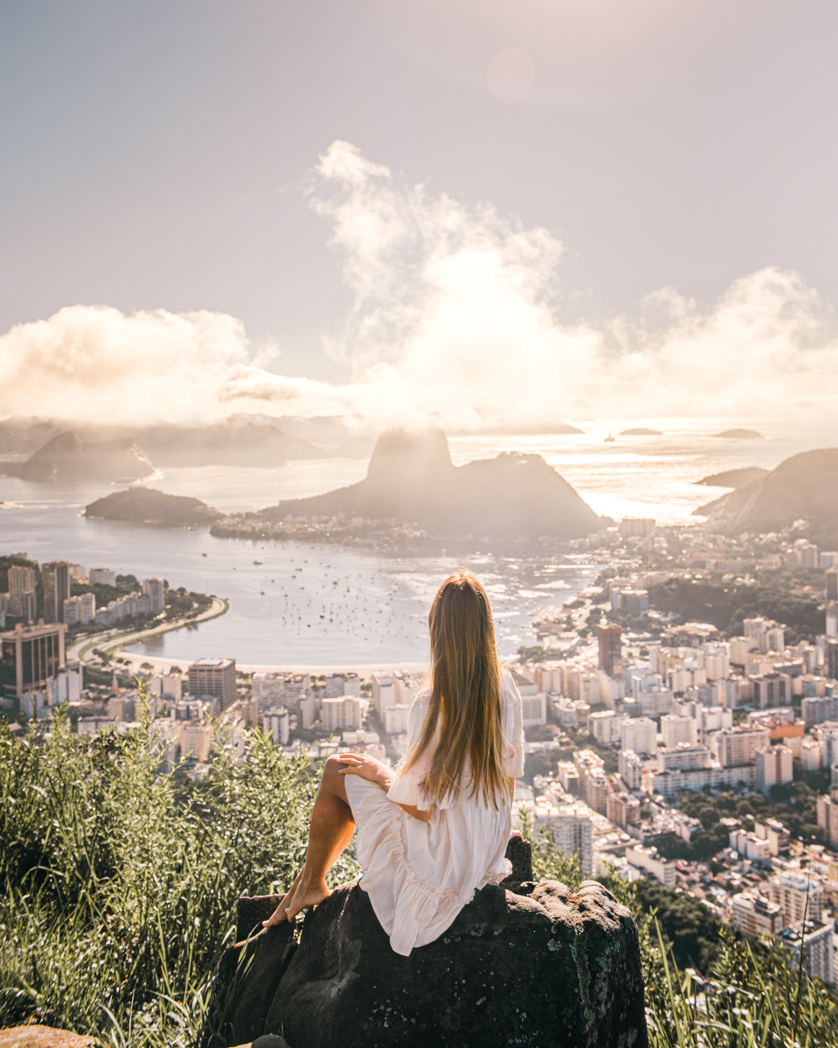
8. Santa Teresa Neighborhood
Santa Teresa is a historic neighborhood located in the hills of Rio de Janeiro. Known for its narrow cobblestone streets, colonial-style houses, and lively atmosphere, Santa Teresa is a charming and picturesque area, rich in culture and history. The neighborhood was built during the 1750’s and by the early 20th century it became an upper class borough. There are several artists and art studio and galleries, many restaurants and bars, as well as a few boutique hotels. It’s a great place to visit at night or stay if you like a lively night-life.
During your visit, be sure to catch a ride on the iconic yellow tram – the symbol of Santa Teresa.

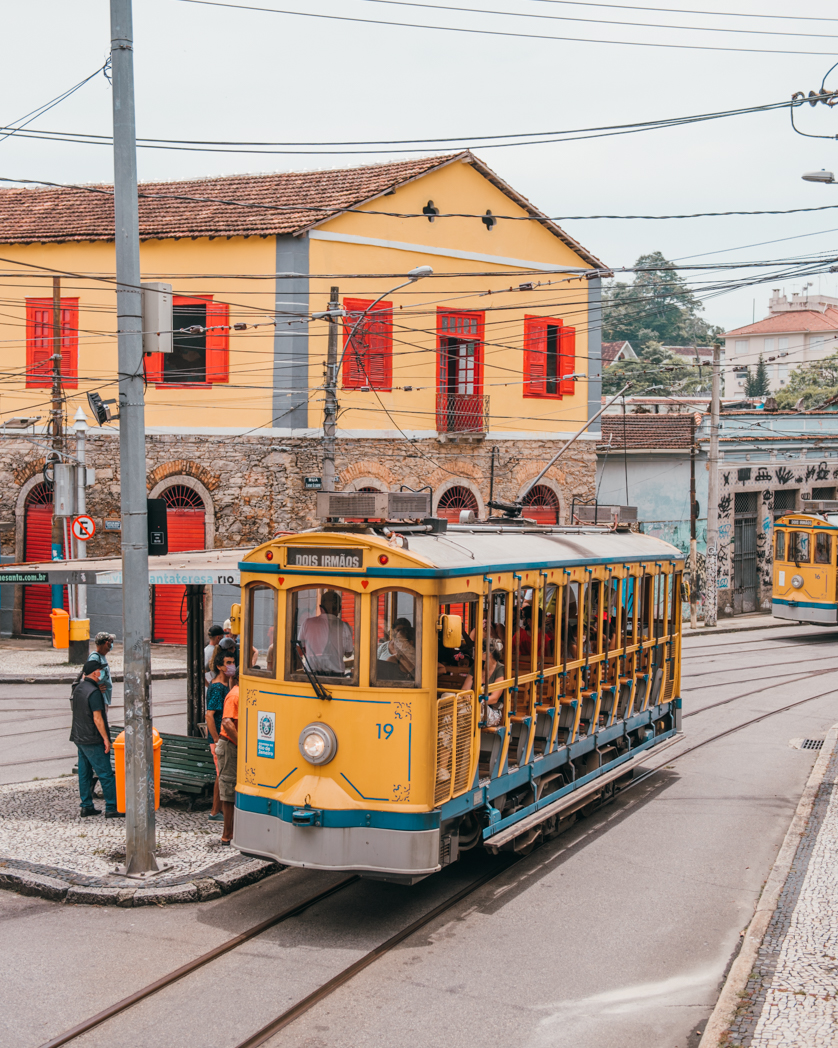
9. Parque Lage
Parque Lage is a beautiful park located in the Jardim Botânico neighborhood. The park is home to a variety of plants and animals, and it also features a café, a pond, and a waterfall. Visitors can take a stroll through the park and admire the views of the city. There is also a cultural center that offers art exhibitions and classes.
The picturesque setting and Instagrammable café have helped to make Parque Lage a must-see destination in Rio de Janeiro, attracting many visitors to the park, so expect waiting quite a while if you want to eat there!
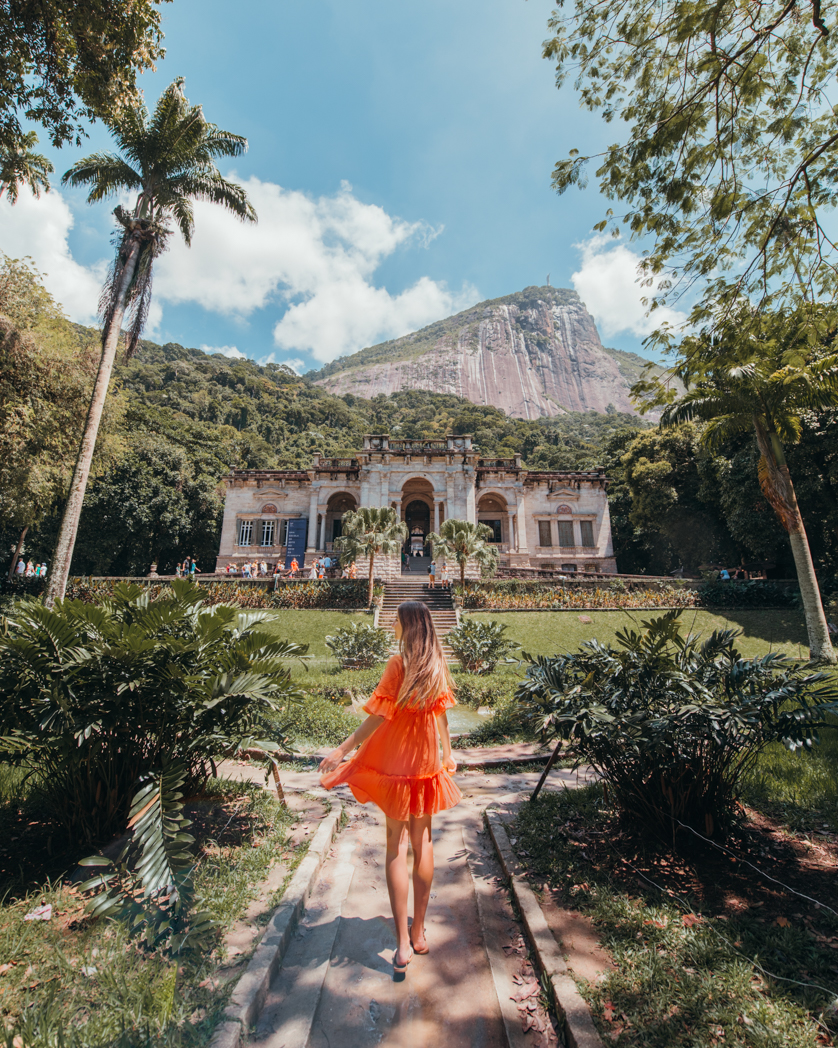
10. Escadaria Selarón
Escadaria Selarón, also known as the Selarón Steps, is a unique and colorful set of steps located in the Lapa neighborhood of Rio de Janeiro. The steps were created by the Chilean artist Jorge Selarón as a tribute to the people of Brazil and are covered in over 2,000 tiles from more than 60 countries. These steps are considered a masterpiece of street art, and the colors and patterns of the tiles change as the sun moves across the sky, creating a vibrant and ever-changing display. Visiting the steps will give visitors a chance to appreciate the beauty of the city and the creativity of the artist and the locals who have contributed to the steps.
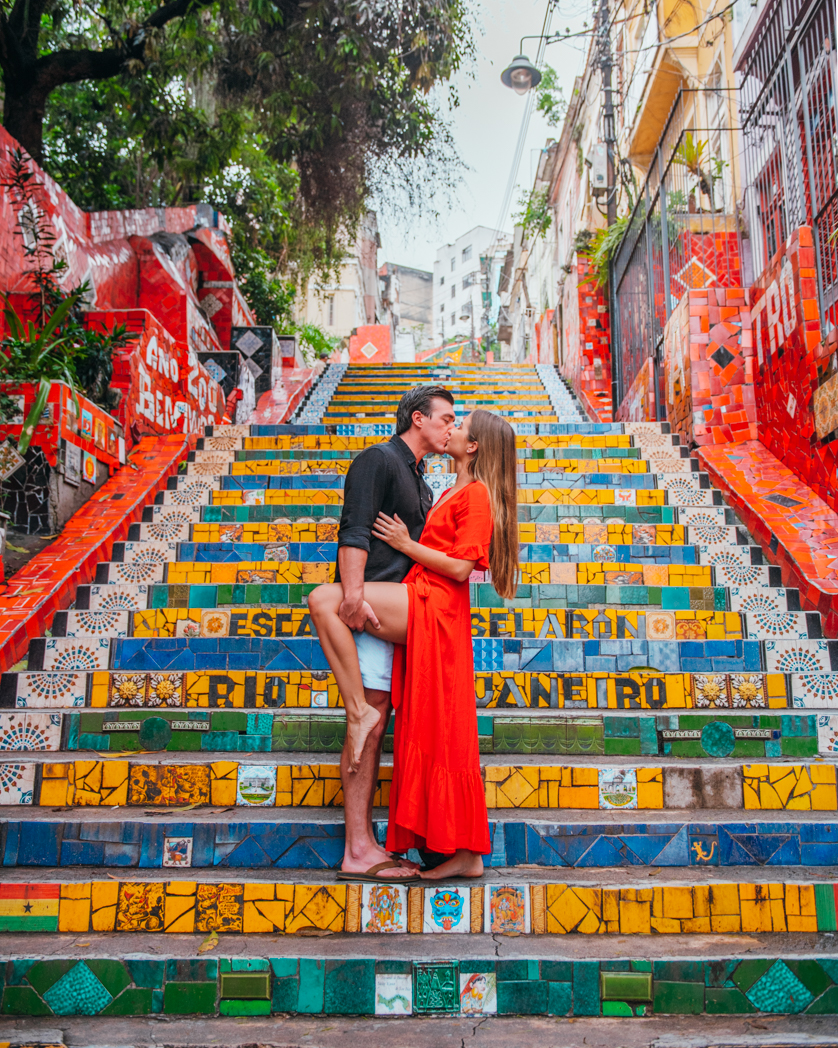
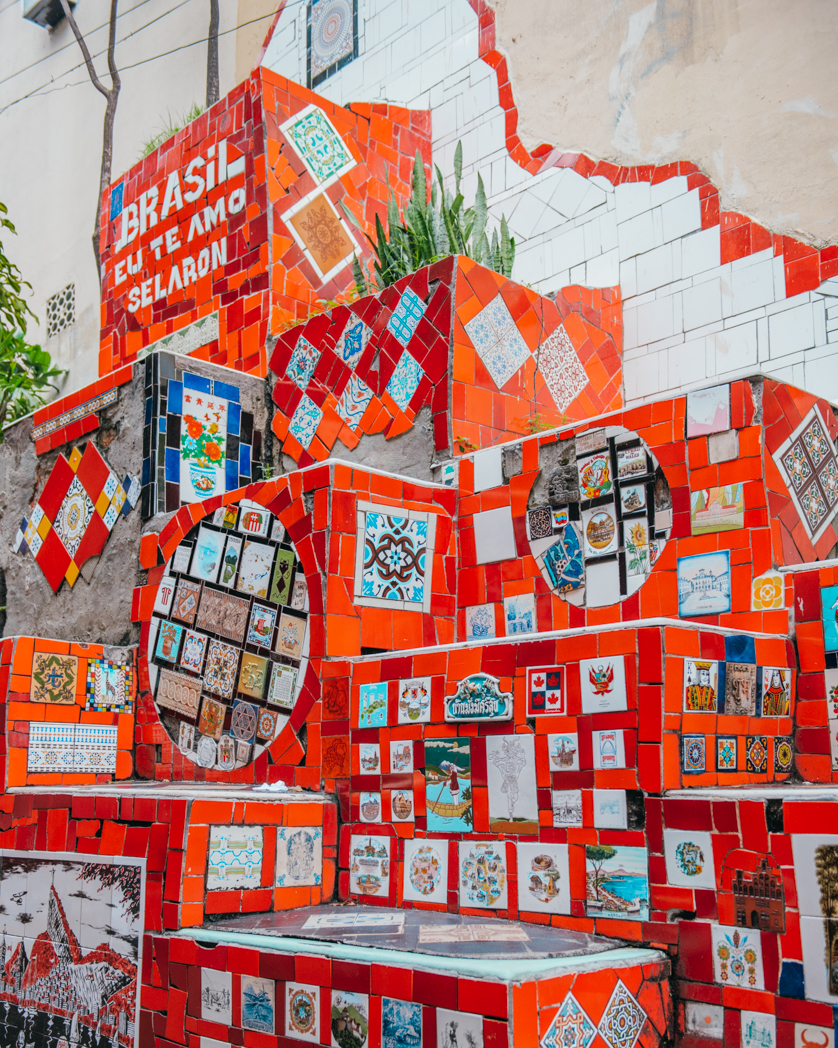
11. The Royal Portuguese Reading Room
The Royal Portuguese Reading Room is a historic library located in the city center of Rio. It is the largest library in Latin America and is home to over 350,000 books. The library is famous for its ornate architecture and vast collection of books, and it has become a popular destination for tourists and locals alike.
The library’s fame has been recently amplified by the increasing use of social media platforms like Instagram and TikTok, since the library’s grandeur and unique interior design make it an ideal backdrop for photos and video.

12. Catedral Metropolitana de São Sebastião
The Catedral Metropolitana de São Sebastião, also known as the Metropolitan Cathedral of Saint Sebastian, is a Roman Catholic church located in the city center of Rio de Janeiro. The Cathedral is considered an architectural masterpiece and is known for its unique, modern design and beautiful stained-glass windows. The Cathedral was built between 1964 and 1979, and its design is inspired by the Mayan pyramids, it’s a unique blend of modern and traditional design. The Cathedral can seat over 5,000 people, and its central dome is one of the highest in the world, with a height of 98 feet. Entrance to the Cathedral is free, so don’t miss the opportunity to see such a unique structure.
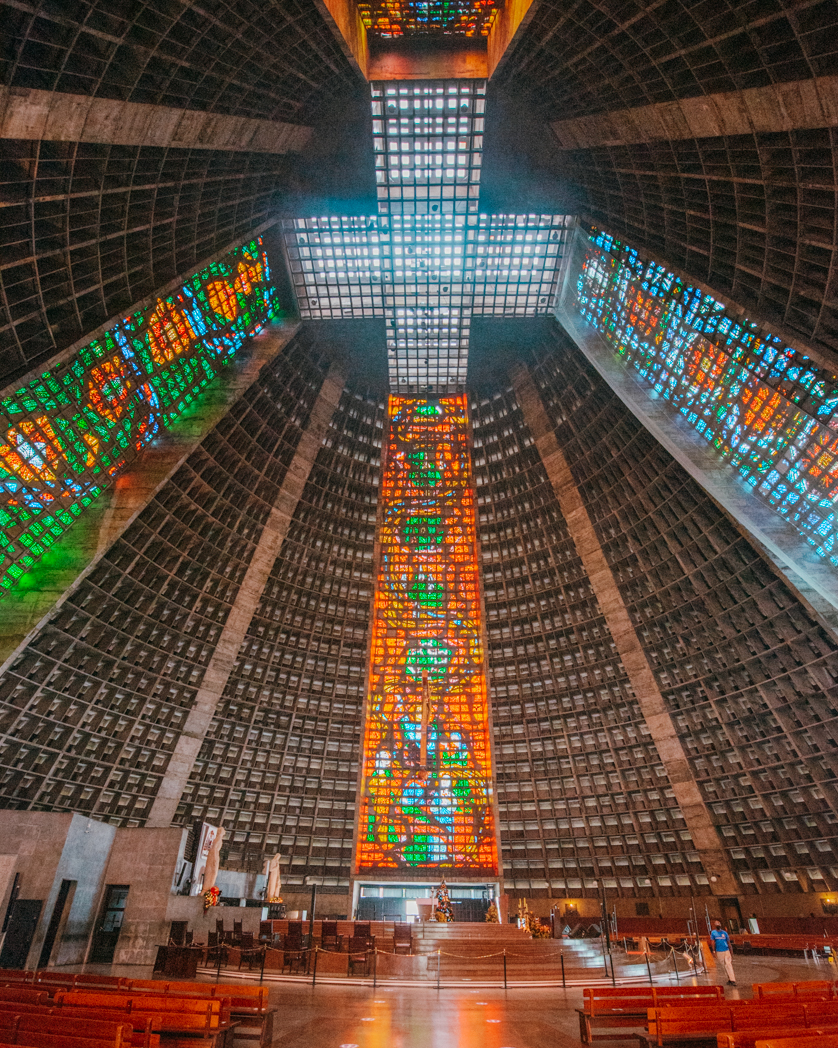
Is Rio De Janiero safe?
You can’t write about Rio without talking about the Faveleas. Favelas are informal settlements or shantytowns found in many cities in Brazil, including Rio de Janeiro. They are characterized by poor housing conditions and inadequate infrastructure, and are typically located on the outskirts of the city. They have a reputation for high crime rates and poverty, and are often associated with drug trafficking and gang violence. Despite this, favelas are also home to a vibrant culture, and many residents are proud of their communities. Tourists are advised not to visit favelas without an experienced guide or tour, as it can be dangerous and disrespectful to the residents. Many favela tours are now offered by social enterprises and organizations that aim to promote a positive image of the favelas and provide economic opportunities for the local residents, while also making sure the tourists stay safe.
Nonetheless, it’s important for visitors to take precautions to ensure their safety. Some areas of the city, especially the favelas with high poverty rates, may have a higher crime rate, so always be aware of your surroundings. Avoid carrying large amounts of cash and expensive jewelry and be mindful of pickpocketing, especially in crowded areas like beaches and public transportation. Do your best to avoid wearing expensive clothing or electronic devices that may attract attention. Visitors should also be aware of the risk of mugging, especially in areas popular with tourists. Avoid walking alone at night and always stick to well-lit and populated areas. It’s also a good idea to avoid carrying a purse or bag that can be easily snatched. In case of emergency, visitors should contact the local police and carry the contact information of their embassy.
So did I feel safe in Rio? Yes! My husband and I stayed in the Copacabana area and would walk around during the day and at night (only a few blocks away from our hotel). I never felt unsafe once during the entire trip. Granted I followed the guidelines I mentioned above. So if you do the same, I have no doubt you’ll be safe.
Overall, Rio de Janeiro is a beautiful and diverse city that offers a wide range of activities for visitors. Whether you’re looking for adventure or relaxation, there’s something for everyone in Rio.
As always, my thoughts and opinions are my own. Be sure to check out more destinations on the blog here!
Angie xoxo


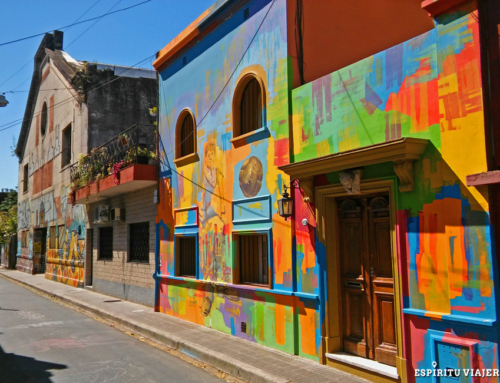

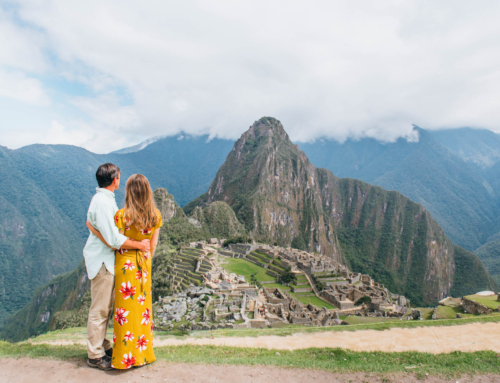
Leave A Comment